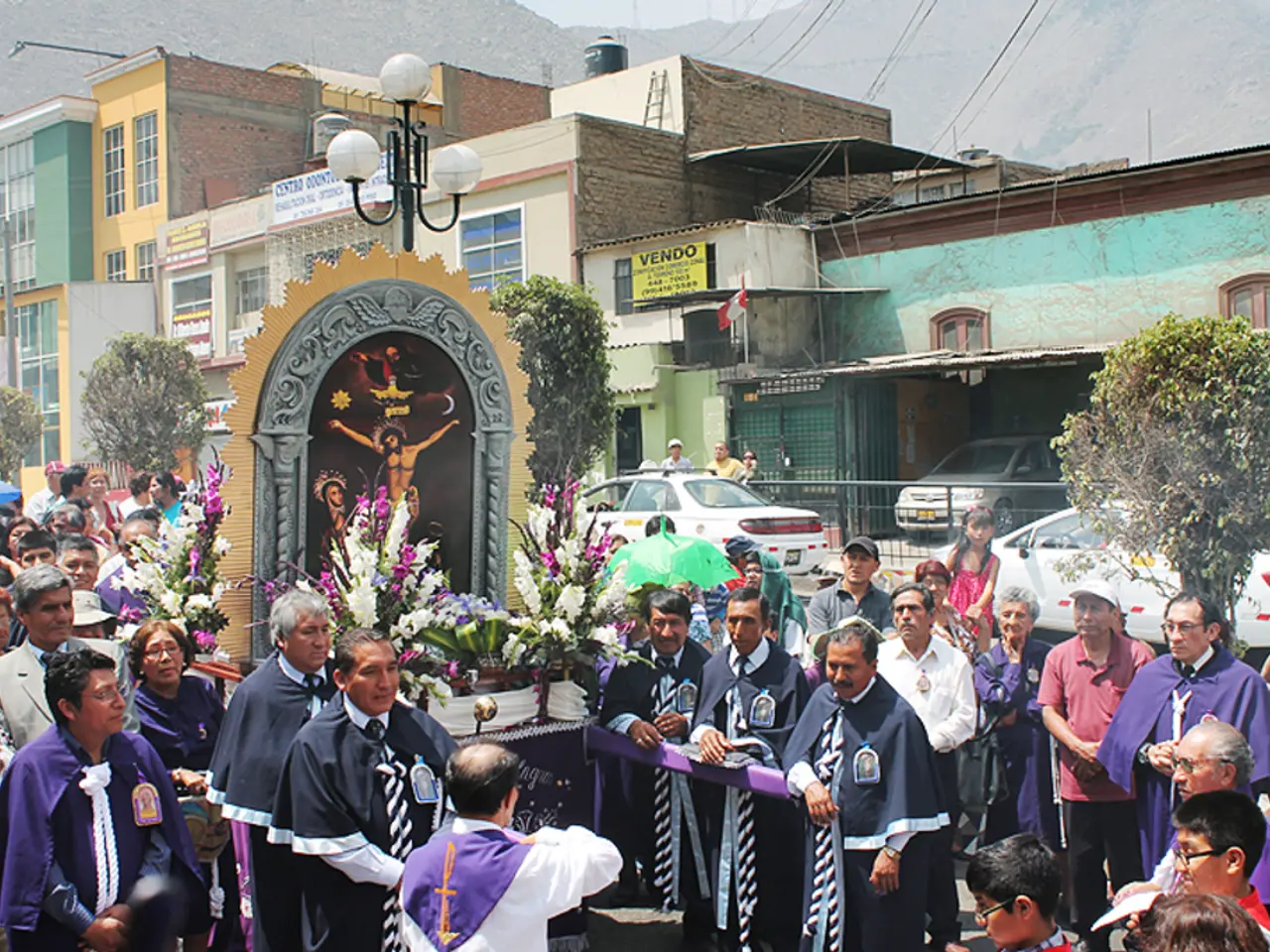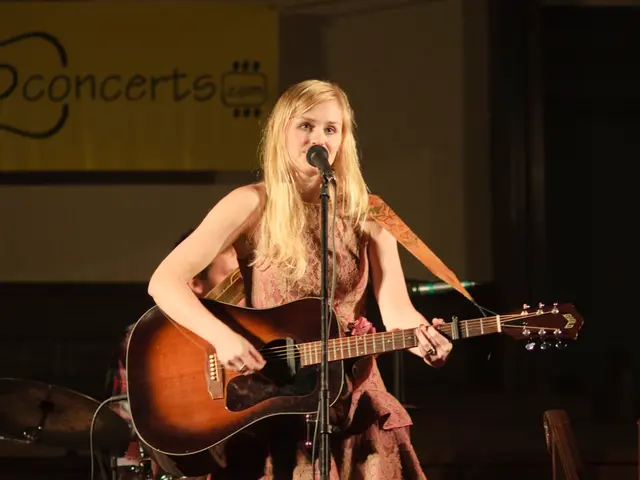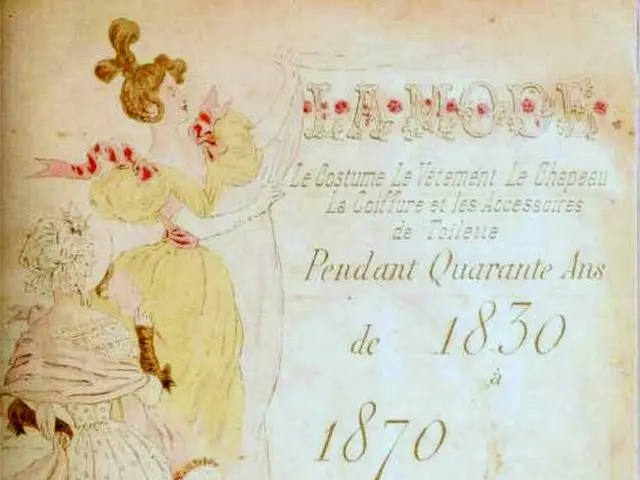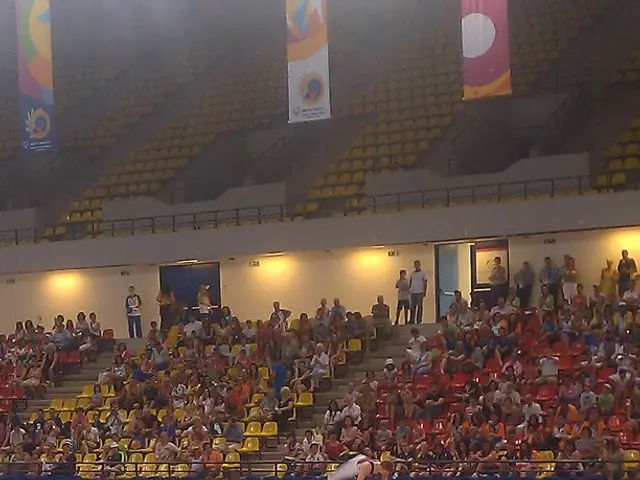Urban Influence of Graffiti and Mural Paintings on City Life and Lifestyle
============================================================
Street art, once an underground and often illicit form of graffiti, has evolved into a globally recognized and respected art form that enriches urban culture. Originating in the 1960s and 1970s urban environments like New York City, street art has grown from a mode of expression for marginalized communities to a powerful tool for community engagement, activism, cultural expression, and economic development.
Community Engagement
Street art festivals, public murals, and urban art hubs create inclusive spaces that foster dialogue, bring together diverse community members, and revitalize neighbourhoods. Cities like Berlin, Melbourne, and Miami have used street art to transform ordinary spaces into vibrant cultural landscapes that encourage residents and visitors to connect with local histories and identities.
Activism
Street art often serves as protest or "art as activism," challenging social and political norms and advocating for change. From historical protest art movements to contemporary murals addressing human rights, environmental issues, and social justice, street art visually amplifies messages of resistance and empowerment directly within urban spaces. It continues this tradition by making activism accessible and visible to broader audiences outside conventional galleries.
Cultural Expression
Beyond graffiti’s text-based roots, street art incorporates diverse styles and imagery that reflect cultural narratives and identity. It celebrates multicultural urban stories and experiments with new artistic forms, enriching the cultural fabric of cities globally. This transformation also includes recognition of street artists as legitimate contributors to contemporary art, often featuring in galleries and festivals.
Economic Development
By beautifying neglected areas and attracting tourism, street art helps stimulate local economies. Iconic street art districts like Wynwood Walls (Miami) and Melbourne’s laneways have become cultural destinations that drive business growth and urban regeneration. Art tours and festivals generate income and create jobs, while also raising property values, though sometimes raising concerns about gentrification.
In conclusion, street art has transitioned from illicit graffiti to a dynamic urban cultural force that engages communities, promotes activism, expresses diverse identities, and fuels economic vitality in cities worldwide. Its impact on urban culture is significant, transforming public spaces, sparking conversations, and challenging societal norms. As more cities recognise its value, street art continues to evolve and push the boundaries of what is possible in public spaces.
- The growth of street art has made it a powerful tool for education and self-development, offering opportunities for people to understand and appreciate different cultural traditions.
- In the realm of fashion-and-beauty, street art influences designers and stylists, inspiring unique clothing designs and makeup trends that reflect urban lifestyles.
- The visual art displayed in the form of street art adds to the overall travel experience, providing a glimpse into a city's cultural expression and history.
- For those seeking entertainment, street art festivals serve as exciting events that showcase a diverse range of performers and artists, often within Casino-and-gambling districts, creating a vibrant nightlife atmosphere.
- Sporting events and street art share a mutual desire to unite people, with multiple examples of street artists creating murals celebrating local sports teams or athletes, adding to the spirit of community and camaraderie.






